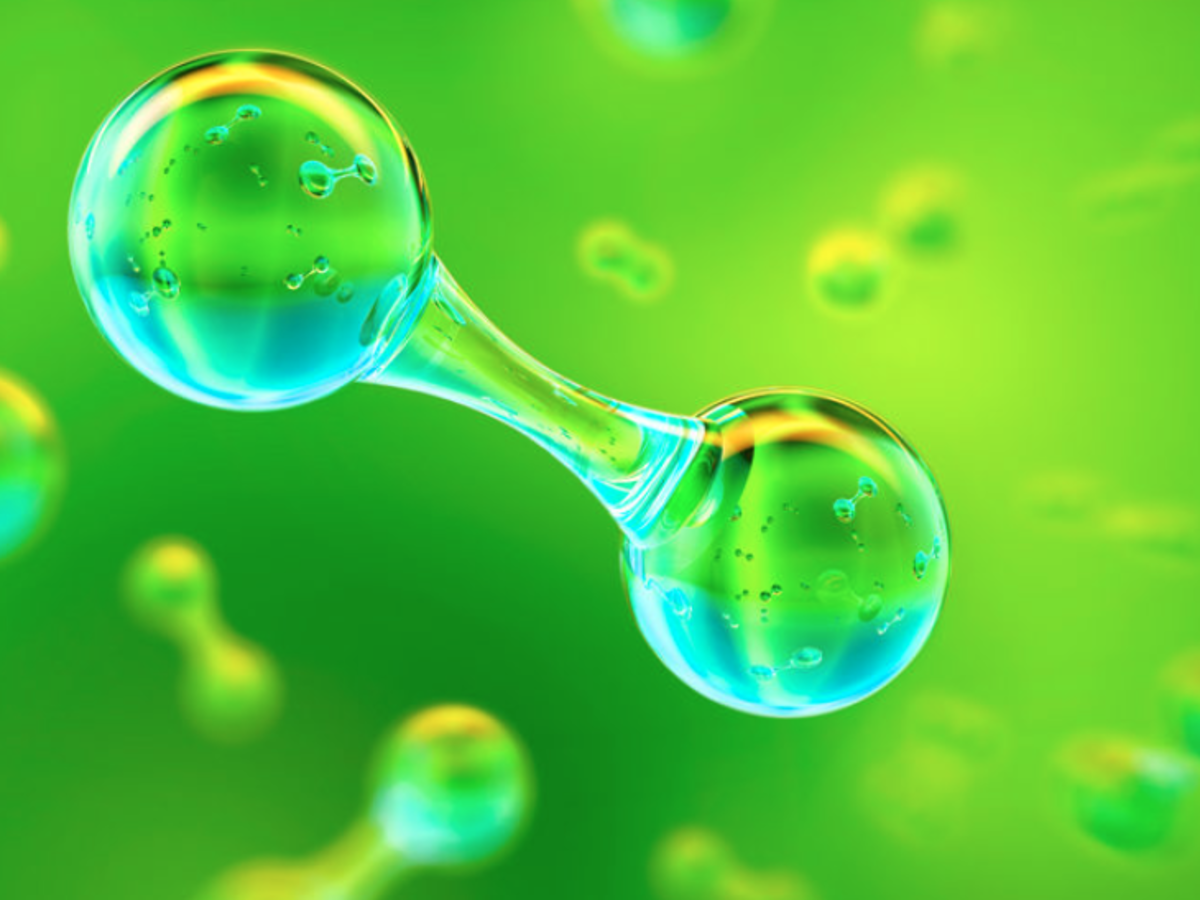Catalyst for Clean Hydrogen Production from Wood Alcohol
A revolutionary catalyst has been created by scientists at IIT Guwahati, which has the ability to release hydrogen gas from wood alcohol without any accompanying carbon dioxide byproduct. The study was published in ACS Catalysis, a leading journal in the field of catalysis.
Exciting Avenues of the Research
Hydrogen gas is widely considered the best source of clean energy generation, as it produces only water as a byproduct. However, the conventional methods for producing hydrogen have their limitations. At present, hydrogen gas is generated through either the electrochemical division of water or from chemicals obtained from biomass like alcohol. Methanol-reforming is the process for producing hydrogen from methyl alcohol, but it has two problems: high temperatures and the co-production of carbon dioxide.
The newly developed catalyst has opened up new avenues for developing the hydrogen-methanol economy. The method produces formic acid, a valuable industrial chemical that can be used in various applications. Methanol is a promising carrier of Liquid Organic Hydrogen (LOHC), which could be a game-changer in the quest for sustainable and renewable energy.
The Unique Feature of the ‘Pincer’ Catalyst
The ‘pincer’ catalyst used in this research contains a central metal and a few specific organic ligands. It has a unique feature of breaking wood alcohol into hydrogen without producing carbon dioxide. Instead, it generates formic acid, which has numerous industrial applications.
Advantages of the New Method
- One of the significant advantages of this new method of producing hydrogen is that it requires a temperature of only 100 degrees Celsius, which is significantly lower than the conventional methods.
- The catalyst can be reused by loading it on an inert support, which is a cost-effective and eco-friendly way of recycling the catalyst.
Month: Current Affairs - May, 2023
Category: Science & Technology Current Affairs


